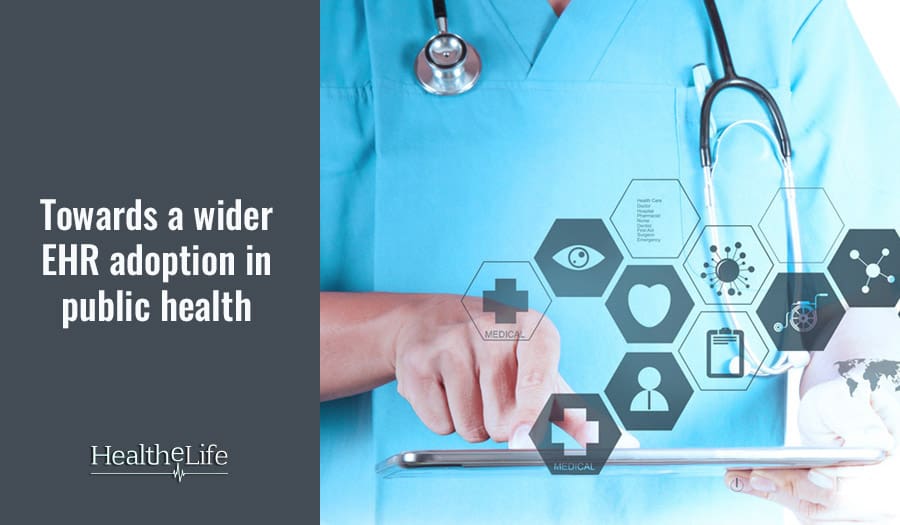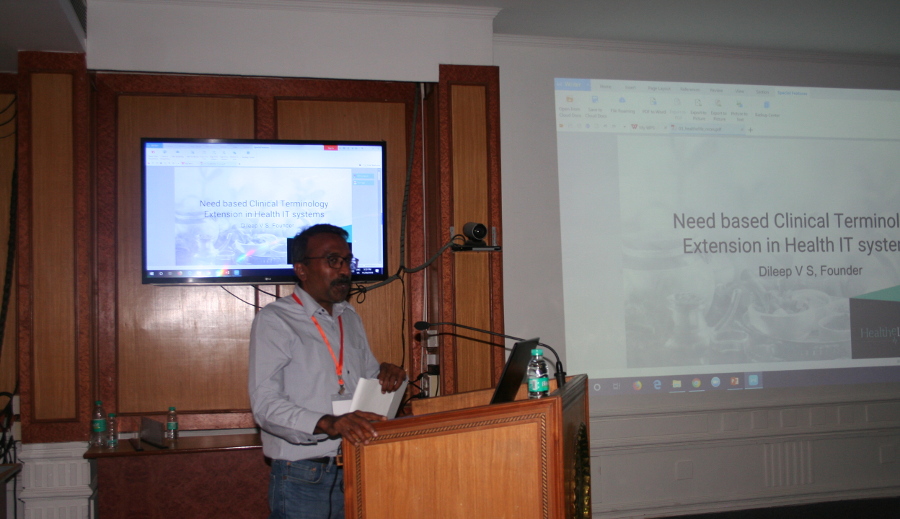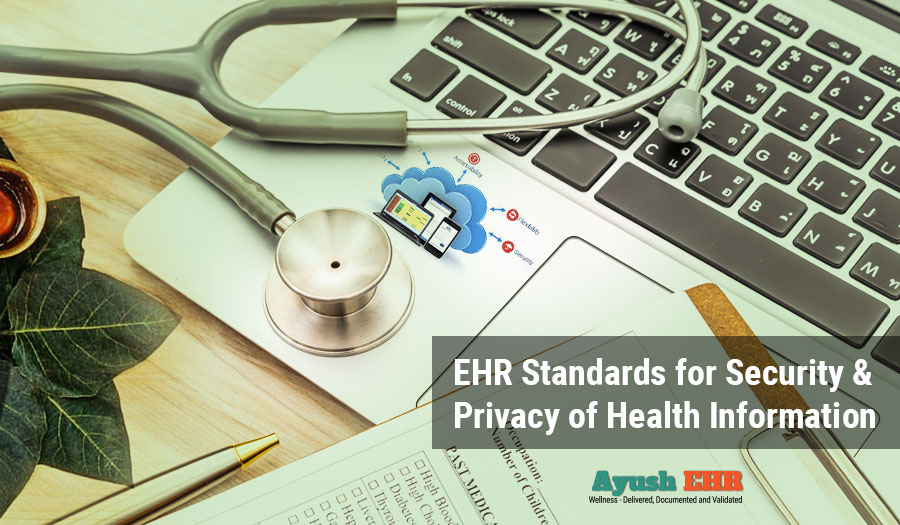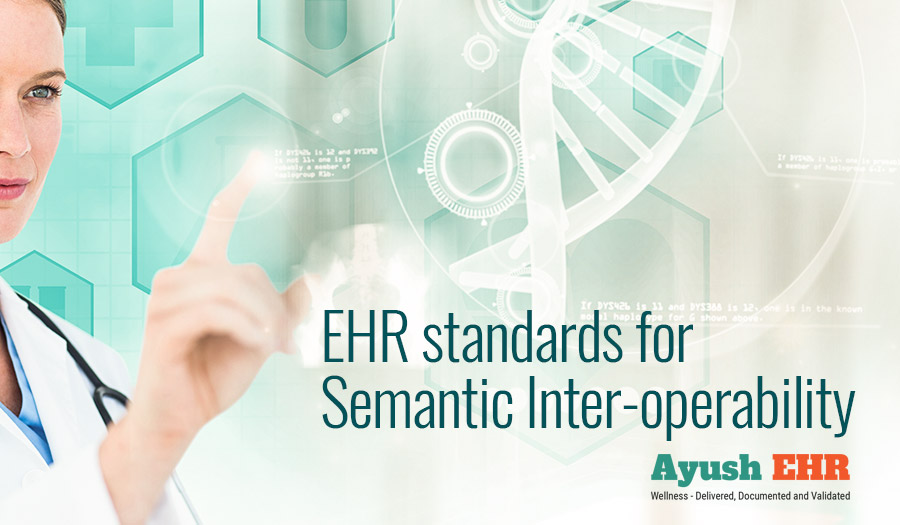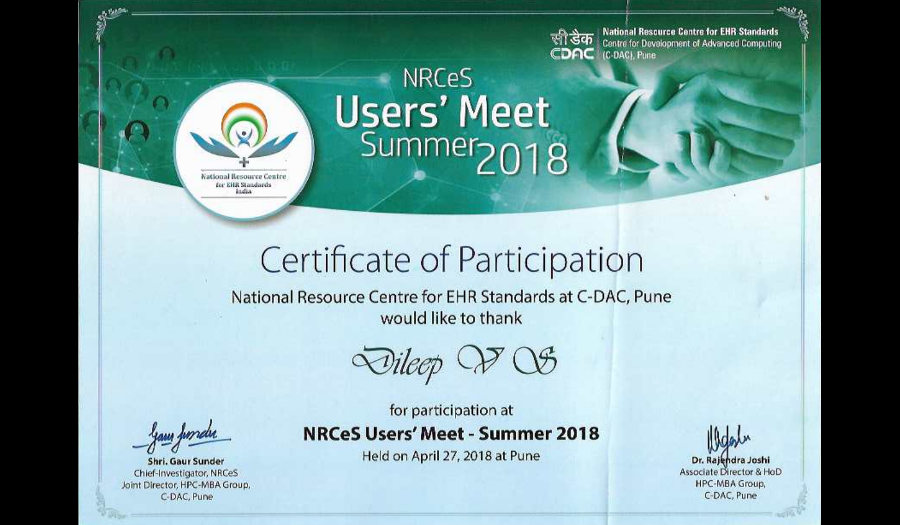The Government of India is trying its best to improve the overall availability, accessibility & affordability of healthcare in the country. Over the past couple of years, it has implemented many policy initiatives such as EHR standards, National Health Policy 2017, National Metal Healthcare Act etc with the hope of making India’s healthcare impeccable. However, the industry is facing serious challenges to adopt EHR widely in their hospitals and medical establishments. Why is it so? Why isn’t the country able to quickly adopt technology to aid the transformation of healthcare in the country?
There are many factors that are obstructing the way of the progress that a wide adoption of EHR could make for the country’s overall health – Infrastructure, policies, impediments in research and resistance to new technology. While all of these are major challenges, the most prominent of them would be lack of basic infrastructure to support such a system. According to a recent report by the ministry of electronics and information technology, government hospitals and dispensaries have poor ICT infrastructure.
The problem is more prominent in India because we have mixed system of healthcare and all the players will have to come on board to make a difference. There are private medical establishments and there are public healthcare system run by the central and state governments, both running in parallel. Though EHR adoption has started gathering pace in the private sector, the public healthcare system is still facing difficulties to adopt technology, especially EHR. As the government healthcare establishments lack proper infrastructure the growth of digitizing medical records and the movement towards a technology driven operation has not been keeping ace with time.
From the less than 2% budget allocation for healthcare, India spends only 30% in improving the infrastructure in public hospitals and clinics. From this limited budget large portions go to supporting premier national institutes such as All India Institute of Medical Sciences(AIIMS) and Post Graduate Institute of Medical Education and Research (PGIMER), where you will find world class IT infrastructure such as computers and Internet connectivity, along with the resulting technology adoption. The lack of focus and concerted efforts by successive central state governments towards improving the standards of public healthcare have resulted in the low levels of modern technology adoption and the resultant quality of care delivery.
On the other hand, the private healthcare sector has grown multi fold, driven by large capital investments into digitizing their operations to improve quality of care and operational efficiencies. If India is to achieve it’s target of United Nations mandated Universal Health Coverage (UHC) by 2030, it needs to get inspired by countries like UK, Canada, Germany and Australia and update its traditional approach of low budgetary priority to healthcare.
The fact still remains that even when the private hospitals adopt EHR in their operations, the clinical information gathered is used to improve internal functioning of the hospital and is not shared with the patients or exchanged between hospitals. This is a sad state as the whole point of using EHR is getting lost. Electronic Health Record is efficient and widely used by other countries because of its standardization of information and interoperability. Here the hospitals are losing the essence of the philosophy.
If this is to change, the government has to put stern policies on the adoption and use of EHR throughout the country. It should incorporate EHR standards compliant software in public healthcare network to ensure that all the stakeholders – hospitals, patients, insurance companies, research establishments – are benefited.
Over the past few years, the government has been working hard to form a uniform policy framework to benefit every individual, irrespective of their level of ability to afford public or private healthcare. However, a lot more needs to be done if we are to achieve the high level of public health that every Indian citizen deserves, starting with investments into infrastructure and strict policy enforcement.
We at HealtheLife has been working on creating technology to help establishments adopt EHR economically and with minimal entry barriers. Our cloud based clinical information platform – EHR.Network – provides a solid base for anybody wanting to develop clinical applications. On the other hand AyushEHR, built on top of EHR.Network is a ready to use end-to-end software for Ayurveda, Yoga & Naturopathy resorts
